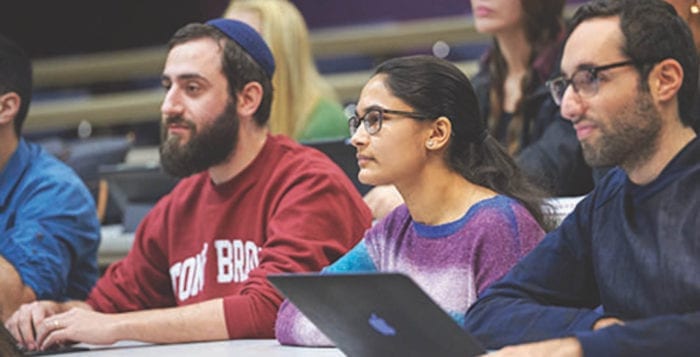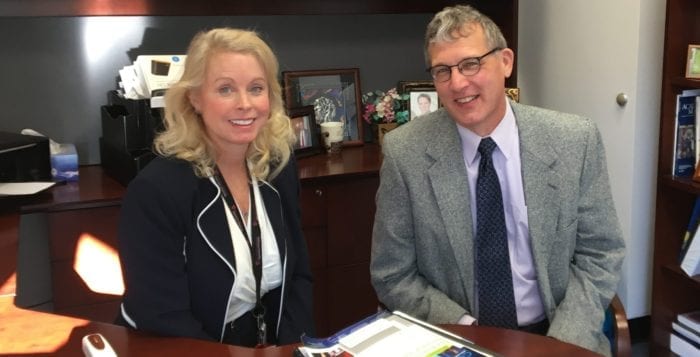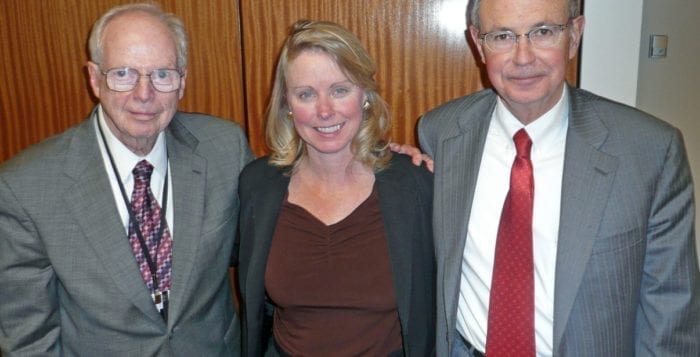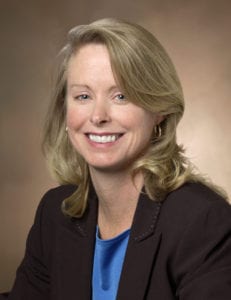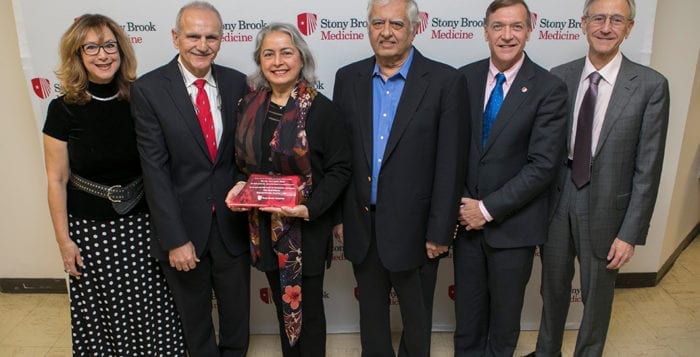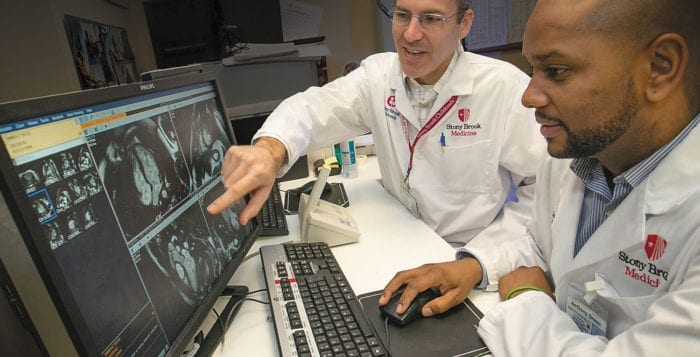The day before Thanksgiving, Stony Brook University showed its gratefulness for the employees of an East Setauket hedge fund firm.
On Nov. 21, Dr. Samuel L. Stanley Jr., SBU’s president, announced that Stony Brook University School of Medicine has been renamed the Renaissance School of Medicine at Stony Brook University. The programmatic name change honors employees of East Setauket-based hedge fund Renaissance Technologies who have donated to SBU through the decades, according to the university. Jim Simons, former SBU math department chair and co-founder of Renaissance Technologies, and his wife, Marilyn, kicked off the donations more than 35 years ago. Since then, more than $500 million has been donated by 111 Renaissance families, according to a press release from SBU.
“By sharing their talents, their time and their philanthropic giving over the years, 111 current and former employees of Renaissance, almost all of whom did not graduate from Stony Brook University, have committed to Stony Brook’s success and have given generously of their time and treasure to advance the mission of New York’s premier public institution of higher education,” Stanley said in a statement. “It is fitting that we name the academic program that has a tremendous impact on so many in recognition of this generosity and vision as the Renaissance School of Medicine.”
Marilyn Simons commended the Renaissance employees for their generosity in a statement.
“Stony Brook University is an important institution in the Long Island community and it’s certainly had a significant impact on Jim’s and my life,” she said. “Support from Renaissance, particularly for the university’s work in the sciences, medical research and the delivery of health care services, has enhanced the university’s medical services to the Long Island community.”
The name change has faced some opposition in the past few months from residents of the surrounding communities, including members of the North Country Peace Group, a local activist group. Members Myrna Gordon and Bill McNulty attended a Stony Brook Council meeting in December 2017. The council, which serves as an advisory board to the campus and SBU’s president and senior officers, gave Gordon, McNulty and another community member the opportunity to discuss their reasons for opposing the name change, according to Gordon. She said eight months ago, the activist group also submitted a petition with 800 signatures protesting the name change to SUNY trustees and Carl McCall, chairman of the board of trustees.
Gordon said in a phone interview the protesters object to some of the ways Renaissance makes its money, including investing in private prison systems. They also took exception to the financial contributions to the campaign of President Donald Trump (R) and alt-right groups by former co-CEO Robert Mercer, who has since stepped down.
Despite the opposition to the new program name, Gordon said she and other NCPG members are proponents of the university and many of them attend educational, cultural and sporting events at the campus on a regular basis.

